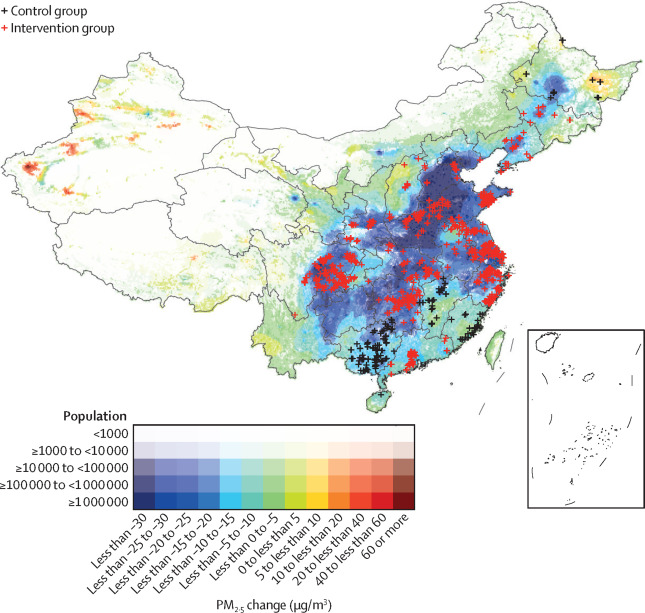This systematic review found good quality evidence that micronutrient supplementation and educational interventions can bring important clinical benefits.
This article explores how men living in Istanbul talk about the sociality of house and care work – vacuuming the house, cooking, doing the laundry – in their everyday lives. The authors believe that the existing trends in so-called ordinary days will enable us to understand the extent to which gender roles are either challenged or re-constructed at home.
Background: China has the highest prevalence of hepatitis B virus (HBV) infection worldwide. Universal HBV screening might enable China to reach the WHO 2030 target of 90% diagnostics, 80% treatment, and 65% HBV-related death reduction, and eventually elimination of viral hepatitis. We evaluated the cost-effectiveness of implementing universal HBV screening in China and identified optimal screening strategies.
Background: Air pollution might accelerate cognitive ageing; it is unclear whether large-scale interventions, such as China's Clean Air Act (CCAA), can mitigate cognitive deterioration. We aimed to evaluate the effect of CCAA on changes in cognitive function in older adults. Methods: In this population-based, quasi-experimental study, we did a difference-in-differences analysis of the data collected during the 2014 and 2018 waves of the Chinese Longitudinal Healthy Longevity Survey (CLHLS).
These results suggested that ratoon rice is a suitable cropping system to achieve the food security, economic and environmental goals.
This book chapter advances SDG 3 and 10 by presenting that (1) some of these depression scales do not correlate, suggesting that they assess different aspects of depression; (2) reports of depression in dementia vary based on depression in dementia scale used; and (3) severe memory impairment may impact the ability to assess depression in the patients using self-reports.
This book chapter advances SDG #3 and #10 by reviewing studies that showed treatments with multiple sessions of rTMS can influence cognition in people with neurodegenerative diseases. The chapter also considers novel therapeutic approaches based on the clinical use of rTMS.
This Viewpoint supports SDG 3 by describing how the Integrative Multicomponent Programme for Promoting South Asians’ Cancer Screening Uptake (IMPACT) project successfully increased cancer screening uptake for ethnic minorities in Hong Kong.
Background: India has a high COVID-19 burden. The Indian government responded to the pandemic by mandating its population to adhere to certain Protective Measures (PMs). Compliance to these PMs depends on their acceptability and adaptability among the general public. Aims: To explore the perceptions and practices of COVID-19 related PMs among the general public of North India. Methods: Qualitative study in four administrative districts (Lucknow, Etawah, Patna and Darbhanga) of North India. Two urban and two rural districts were purposefully selected.
Purpose: The contribution of air pollution to subclinical atherosclerosis in a young population remains limited. This study aimed to assess whether long-term exposure to urban air pollutants increases carotid intima-media thickness (CIMT) in adolescents and young adults. Methods: This study included 789 subjects between the ages of 12 and 30 years who lived in the Taipei metropolis from a cohort of young Taiwanese individuals.

